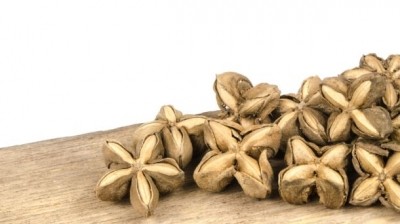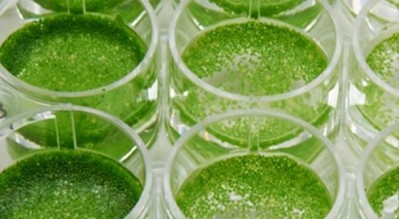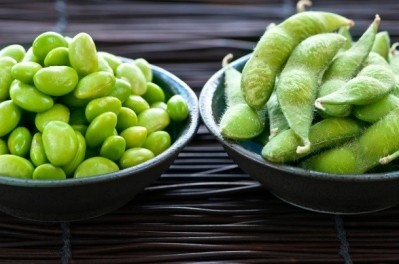Duckweed: A promising new source of plant-based protein?
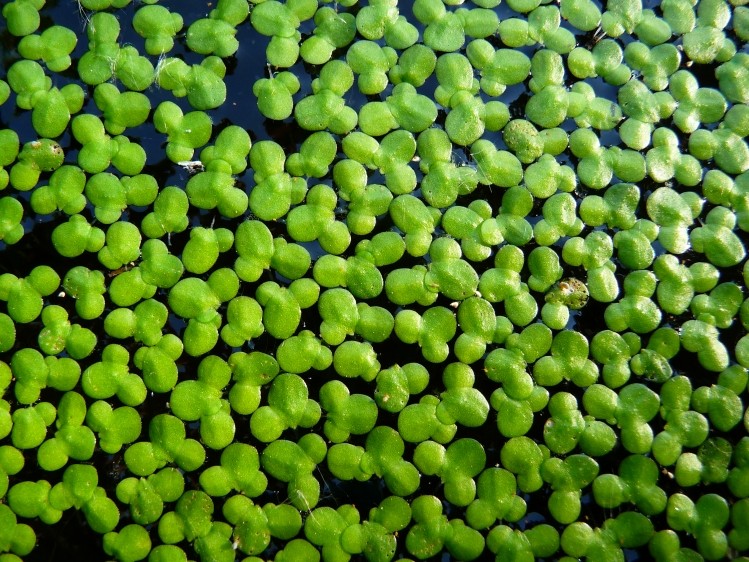
In a study published online ahead of print in the journal Food Chemistry, researchers investigated six species of duckweed - a rapidly growing aquatic plant.
There isn’t a lot of scientific literature out there yet about duckweed for human consumption, and outside of some Southeast Asian countries, consumption of the plant is not yet widespread, note the authors.
“As a step forward, it would be important to investigate the nutritive composition of duckweeds to prevent any unwanted effects on humans and also to make it more acceptable to the general public of the countries that do not have the tradition of consuming duckweeds,” they wrote. “With our present report, we want to contribute to this issue.”
As of now, only a few companies are researching and developing food products using duckweed as its main protein source. One example is Florida-based Parabel, which is cultivating a free-floating seed-producing micro aquatic plant from the duckweed family at a $10m production facility and developing a protein-rich whole food powder called Lentein Complete.
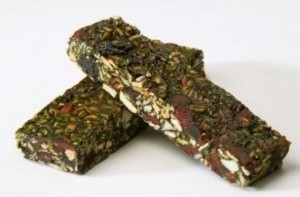
“We are set to produce commercial quantities by November. The process facility is going to be finished in October,” Cecilia Wittbjer, VP of marketing at Parabel, told FoodNavigator-USA. “We have [self-affirmed] GRAS already so the product could be sold straight after that, so we're hoping to be in the stores in 2017.”
High in amino acids, meeting WHO recommendations
Using duckweed clones from the University of Jena’s Institute of Plant Physiology stock in Germany, the researchers freeze-dried the plants and finely ground and homogenized them with a laboratory mill. The resulting material was then analyzed for protein and amino acids, minerals, carotenoids and tocopherols, and sterols.
The researchers argued that, based on their analysis, all six duckweed species contained an amino acid composition comparable with that of other plant proteins and met the amount recommended by the World Health Organization (WHO).
In addition, the protein content of duckweeds across the analyzed species ranged between 20% and 35% per dry weight, and the researchers argued that “protein content of duckweeds can be easily manipulated by optimizing the cultivation conditions of different duckweed species and clones with the protein content reaching close to 40% of the dry weight.”
High yield, high nutritional content
The researchers also concluded that the high growth rates of W. hyaline and W. microscopica “make these rarely used plants an excellent material for human nutrition, even in comparison with other duckweed species.”
Wittbjer, when asked to comment independently, concurred with this finding. “The yield per acre is extremely high as the crop doubles it's biomass in 24 - 36 hours. The crop is harvested every day and it only takes three weeks from initial seeding to full harvest,” she said.
“We are currently going to produce 1,000 tons from our first facility and another 5,000 tons from the second facility in 2017,” she added. “These will be followed by several more in the years to follow. As the system is very scalable we can adapt quickly to industry demand.”
The researchers from Jena recommended more investigations of analyzing the anti-nutritive components of duckweeds, if any, as an important part for widespread acceptance of duckweed as a human food source.
Source: Food Chemistry
In Press, Accepted Manuscript. Published online ahead of print, http://dx.doi.org/10.1016/j.foodchem.2016.08.116
Nutritional value of duckweeds (Lemnaceae) as human food
Authors: Klaus-J. Appenroth, K. Sowjanya Sree, Volker Böhmc, Simon Hammann, Walter Vetter, Matthias Leiterer, Gerhard Jahreis

